TRI Photo Storybook
The Toxics Release Inventory (TRI) fotonovela is an introduction to TRI that EPA produced as part of the TRI Community Engagement Initiative. It reflects input provided by residents of Jurupa Valley, California. A fotonovela is a small pamphlet that uses photographs and dialogue bubbles to depict a story in Spanish.
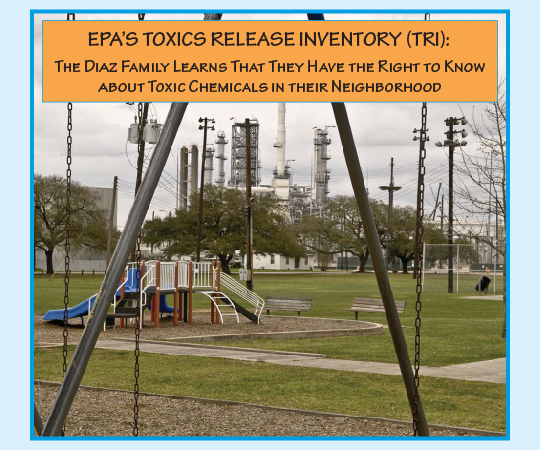
Slide 1 of 28

Slide 2 of 28

Slide 3 of 28

Slide 4 of 28
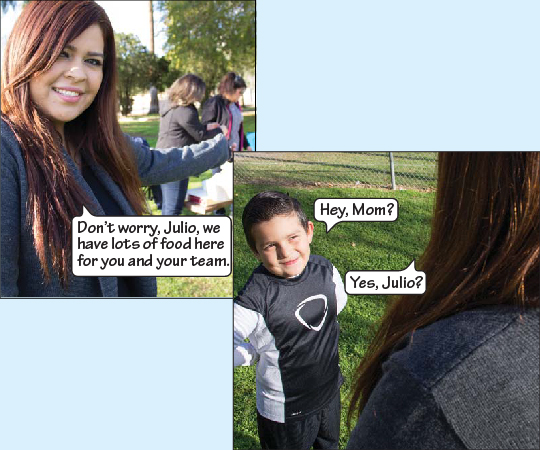
Slide 5 of 28
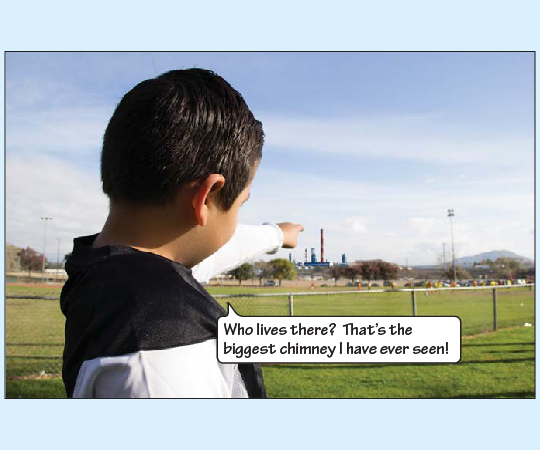
Slide 6 of 28
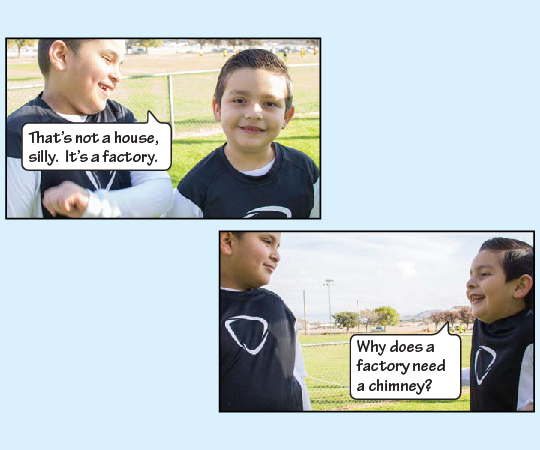
Slide 7 of 28
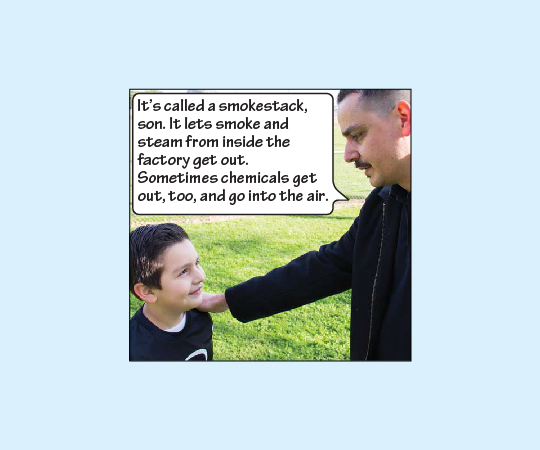
Slide 8 of 28
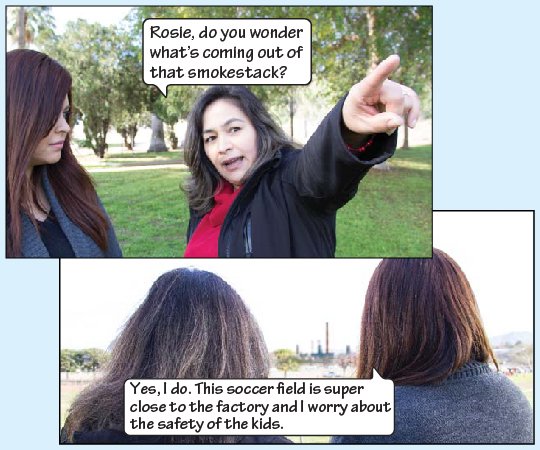
Slide 9 of 28
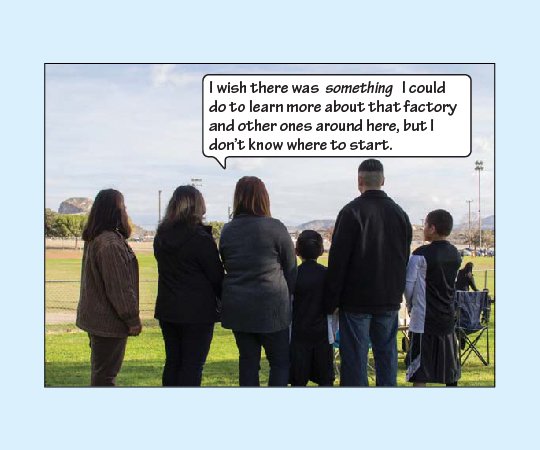
Slide 10 of 28

Slide 11 of 28
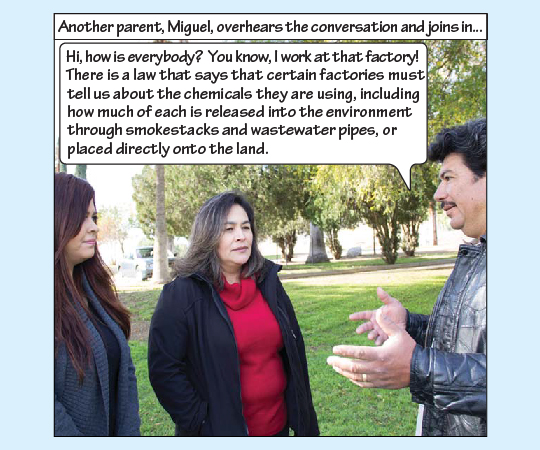
Slide 12 of 28
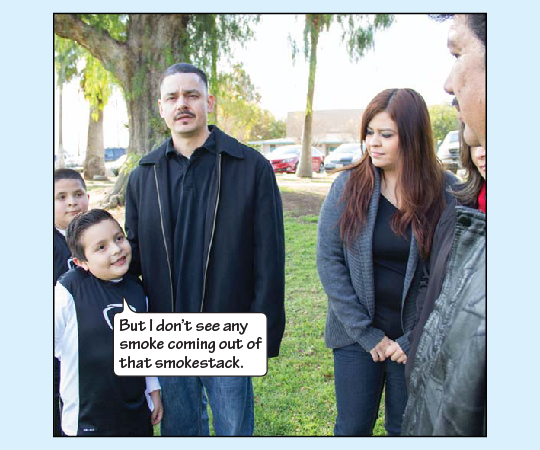
Slide 13 of 28
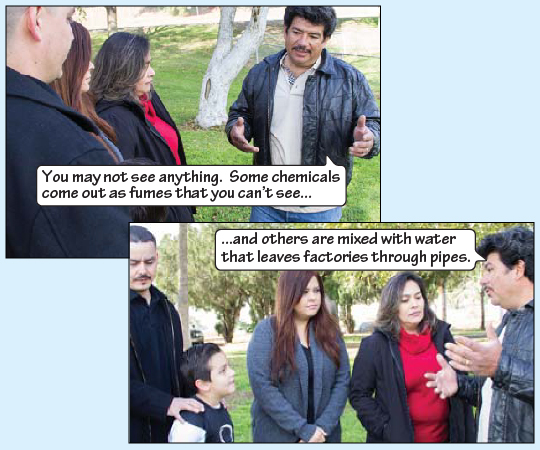
Slide 14 of 28
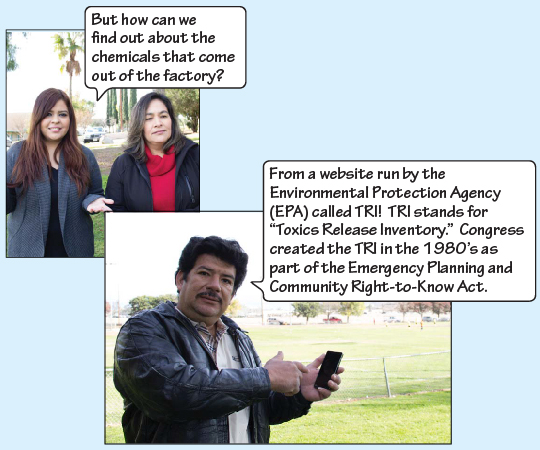
Slide 15 of 28
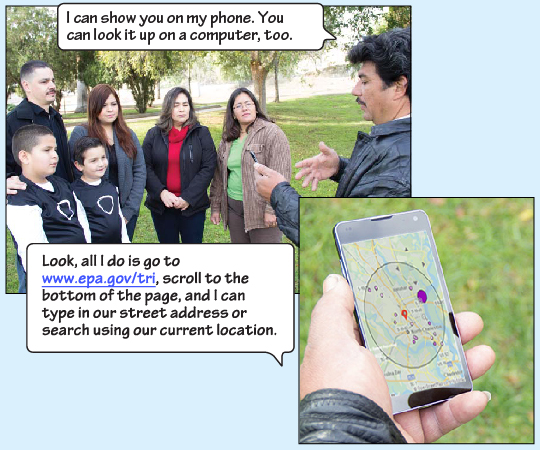
Slide 16 of 28

Slide 17 of 28
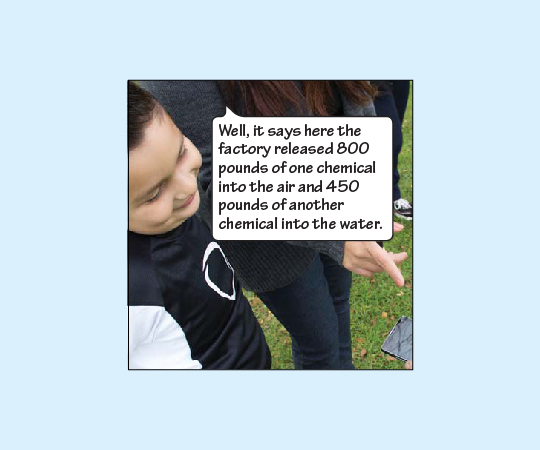
Slide 18 of 28
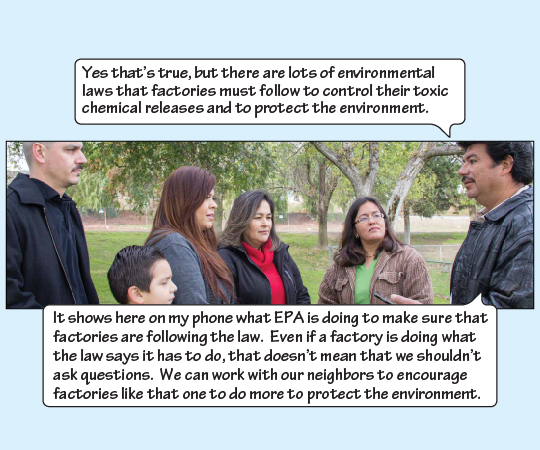
Slide 19 of 28
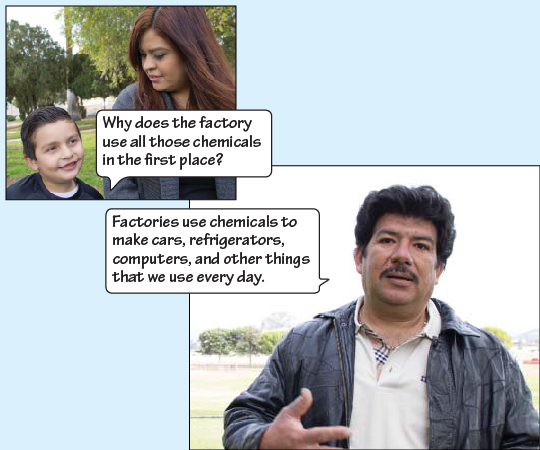
Slide 20 of 28
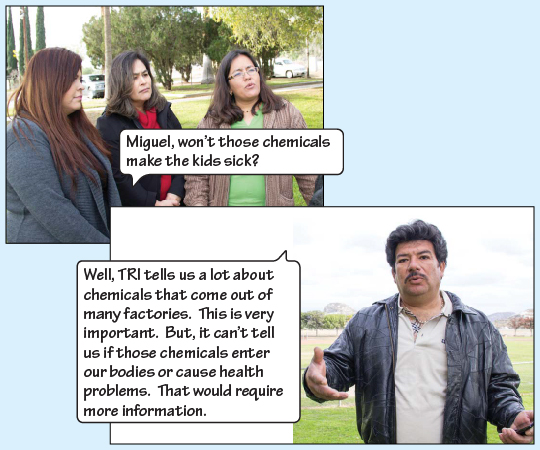
Slide 21 of 28
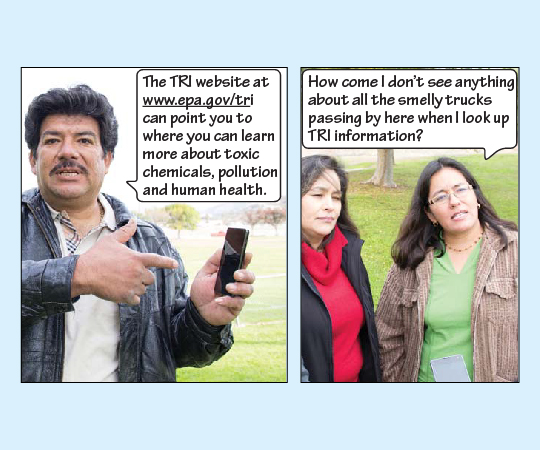
Slide 22 of 28
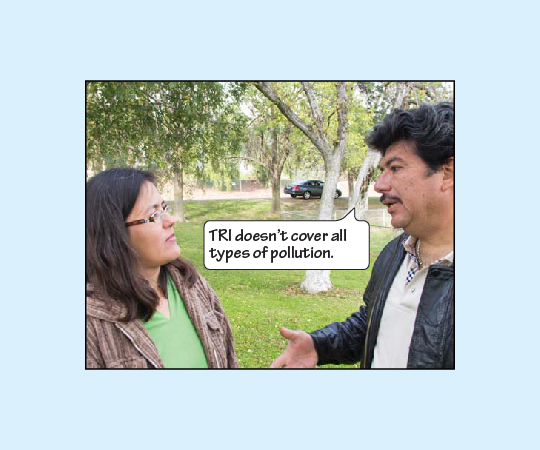
Slide 23 of 28

Slide 24 of 28

Slide 25 of 28

Slide 26 of 28
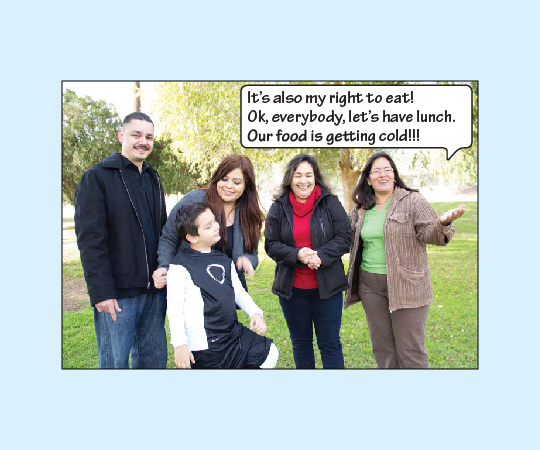
Slide 27 of 28
FOR MORE INFORMATION:
- Get general TRI Program information: www.epa.gov/tri
- Get TRI information for communities: www.epa.gov/tri/communities
- Contact your EPA regional TRI Coordinator: www.epa.gov/tri/tri-regional-coordinators
- Email TRI Program staff at EPA: tri.help@epa.gov
Use this link to report a suspected violation of environmental laws and regulations: https://echo.epa.gov/report-environmental-violations
Slide 28 of 28
